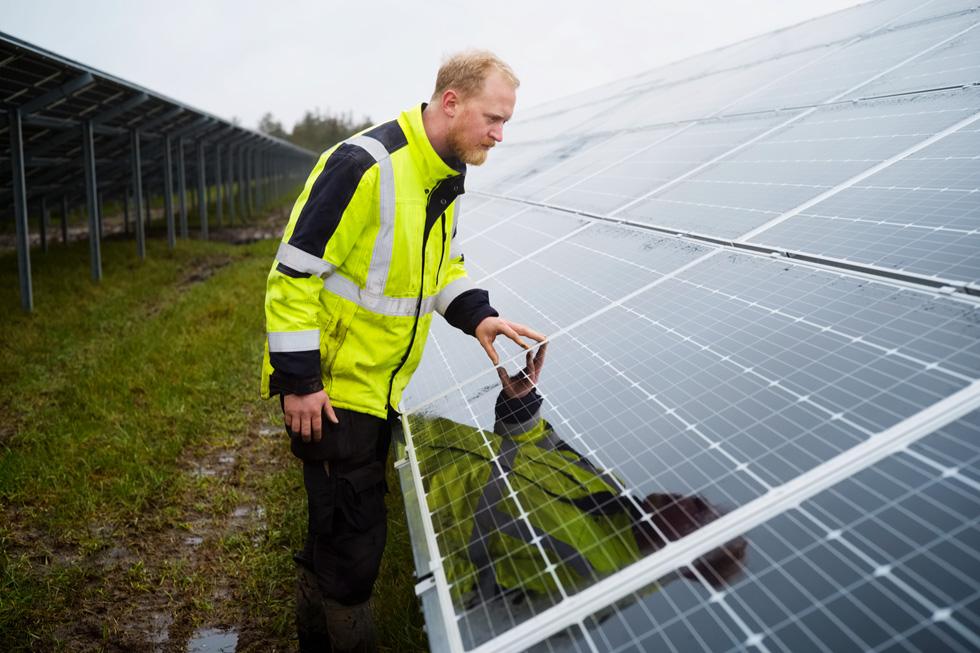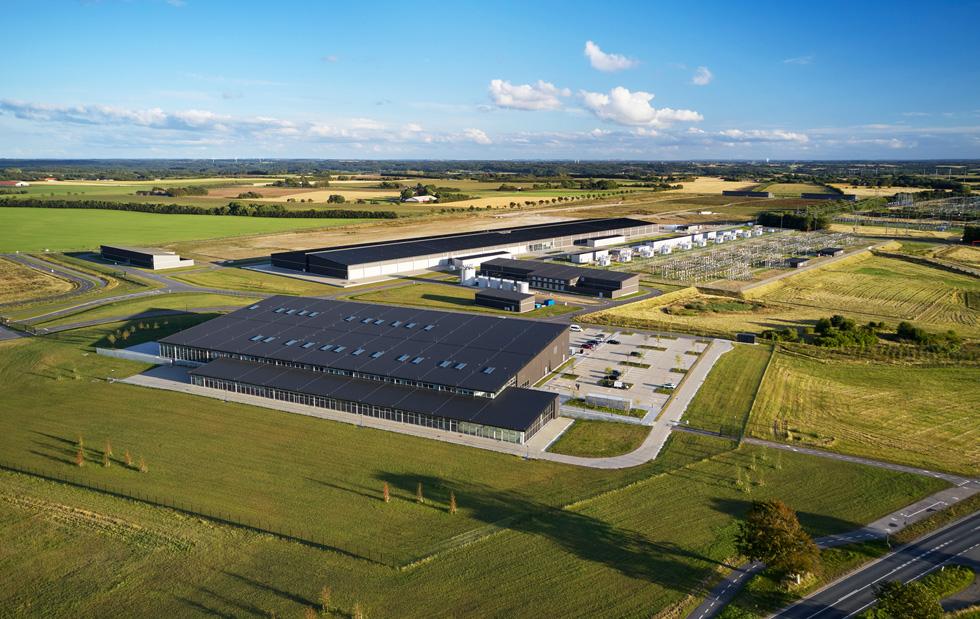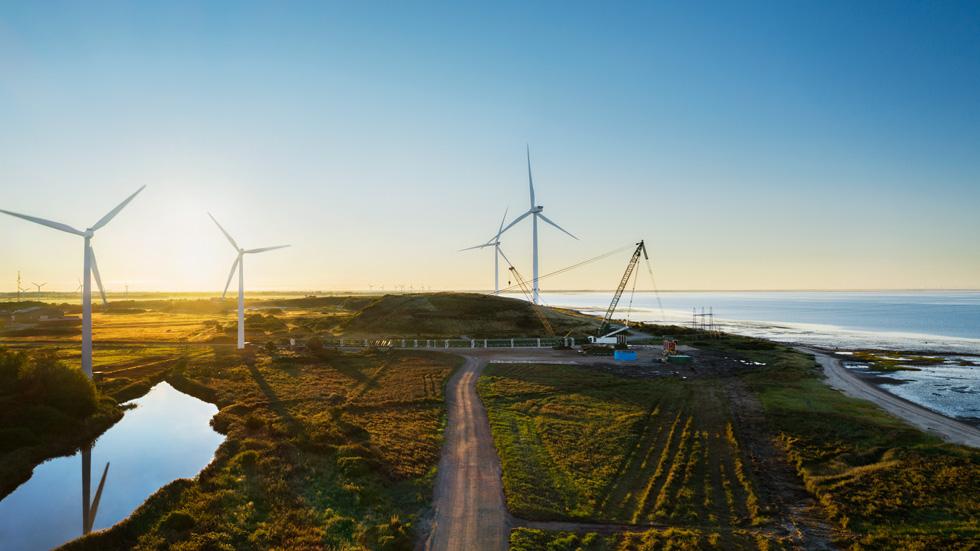Scientists say that to fight climate change, the companies need to become carbon neutral by 2050. But did you know that Apple brand is already on the path to reach carbon neutrality? What is more, the company even pledged that by 2030, all Apple products will become carbon neutral too. The challenge Apple put itself to is a clean energy and no carbon footprint production of durable, energy-efficient devices, using recycled materials. According to Apple Inc., using low-carbon materials and processes is the next step in reducing the footprint.
This is how Apple started a design revolution in order to lower its carbon footprint. First of all, the focus is put on finding the most carbon-intensive components and then reducing their impact through reengineering, and modifying the materials. Also, by using renewable energy, Apple can decrease even more the carbon emissions generated from the fabrication. Since many years already Apple seeks to reduce the energy consumption of its products and the result is that the average energy consumed by the devices has decreased by 73% since 2008, which is not insignificant, if you multiply it by all the Apple's products sold worldwide. Furthermore, they are made to last. Apple's Reliability Testing Lab conducts over 100 rigorous tests that simulate real-world conditions and searches for the most durable materials which are then used for fabrication in order to enhance product longevity, because the longer the device lasts, the better it is for the planet. Since 2011, although the company's energy use has grown by more than four times, Apple has reduced its carbon emissions from operations by 71%.
Another important point is the awareness of the company with respect to the fact, that some chemicals last forever and can cause harm to people and the environment. Therefore, Apple does many researches in the aim to find a proper chemistry. They work on mapping, testing, and more importantly moving to safer substances. Every device must apply Apple's compliance with our list of regulated substances. Currently, the company is assessing the effect on human health and the environment of the chemical composition of all the materials in its devices. Indeed, there are many different materials in each and every one, 45 to be precise. That is why Apple's Material Impact Profiles break down their environmental, social, and global supply impacts. Thanks to this action, the brand knows today 14 materials (and counting) that are a priority, because they can benefit from transitioning to recycled or renewable sources. On Apple's website, you can access the Material Impact Profiles white paper.
Apple has also pledged to source 100% recycled and renewable materials across all of the products and packaging in the future. The goal is to "only make, not take".
Of course, the company wishes to make the best products in the world with the highest-quality materials. By using low-carbon and recycled aluminum Apple reduced its carbon footprint by 4.3 million metric tons in 2019. However, some recycled materials don’t meet the high standards for purity and performance. For this reason, Apple searches for new solutions, like developing a custom aluminum alloy for the enclosures of MacBook Air, Mac mini, iPad, and Apple Watch that is 100% recycled but doesn't compromise quality. Apple even developed a robot to remove and sort components so that the brand can recover more materials at a higher quality than through the traditional recycling. It also helps to recover useful reusable materials from the old devices and give them a second life thanks to the programs like AppleCare and Apple Trade In. The second one is actually a simple way to exchange the old product for credit toward a new device or an Apple Store Gift Card. These trade-in programs allowed 11.1 million devices to get to new users in 2019.Another action taken by Apple was the creation of the Material Recovery Lab. Its role is optimising recycling practices, improving disassembly, and advancing research and development of the next generation of recycling technologies.
It is well known that packaging plays an important role in environmental impact in general. Consequently, Apple's aim is to reduce the packaging, eliminate plastics and increase recycled content. Since the release of iPhone 7, the plastic trays were replaced by molded-fiber ones and nowadays the majority of the packaging is fiber-based. In four years, the company reduced plastics in its packaging by 58%. Also, the Apple stores switched to 100% mostly recycled fiber shopping bags instead of plastic ones. Moreover, since 2017, the totality of the wood fiber in the paper and packaging comes from recycled or responsible sources. Apple became The Conservation Fund and World Wildlife Fund partner with the aim to protect and improve the management of over one million acres of working forests in the United States and China.
And that is not all. Apple also started a Zero Waste Program for its suppliers in 2015. It provides the suppliers with onsite support to eliminate waste going to landfills through reduction, reuse, and recycling. All final assembly facilities across iPhone, iPad, Mac, Apple Watch, AirPods, and HomePod received 100% zero waste certification in 2018 and in 2019 Apple TV final assembly sites were added. We will continue to tackle waste in our other facilities until we reach our global goal of zero. Since its launch in 2015, the program has so far redirected 1.3 million metric tons of waste from landfills.
For Apple, clean energy is no longer an option. By 2030, all the devices will be made only with clean energy, not excluding manufacturing suppliers who will have to switch to 100% renewable sources of electricity. According to studies, around half of Apple's carbon footprint is from the electricity used in manufacturing. Therefore, it is crucial to shift to renewable electricity. Indeed, it is a huge move, but Apple is progressing. More and more of its suppliers are committed to using clean energy. Over 70 suppliers have committed to 100% renewable electricity for Apple production, of which 2.7 gigawatts is operational today. Apple also plans to invest nearly $300 million in the China Clean Energy Fund to help develop more renewable energy projects. All Apple’s Stores, offices, and data-centers in 44 countries are already powered by 100% renewable electricity. About 83% of this electricity used by Apple comes from projects which the brand helped create. That means that Apple directly owns over 1.2 gigawatts of clean energy. And nowadays, all of the operations, from commute to business travel, are carbon neutral too. As the brand tries to reduce emissions to as low as possible, it invests in Earth’s natural carbon removers like forests, grasslands and wetlands, in order to address, compensate and capture the carbon emissions Apple can’t avoid for the moment.
As Apple's Vice President of Environment, Policy and Social Initiatives, Lisa Jackson said “To protect the planet, we must show others that impossible can be business as usual.” And MonAsia totally agrees. Apple is a great example to follow and we hope to see many more companies undergoing similar actions in the upcoming years.
Mikhaïl NEFEDOV
 Président de l'association
En savoir +
Président de l'association
En savoir +
Central Banking News
-
Turkey official inflation surges to nearly 70%
Source: Monetary Policy - centralbanking.com Published on 03-05-2024
-
Neutral interest rates at pre-pandemic levels, Bank of Canada finds
Source: Monetary Policy - centralbanking.com Published on 03-05-2024
-
Email and social media still top two-way comms channels
Source: Monetary Policy - centralbanking.com Published on 03-05-2024
-
Czech National Bank cuts rates by 50 basis points
Source: Monetary Policy - centralbanking.com Published on 02-05-2024
Climate Capital News
-
Kenya brings in emergency measures to combat ‘unprecedented’ floods
Source: Climate Capital Published on 03-05-2024
-
Leena Ylä-Mononen: Europe’s ‘wake-up call’ as fast-warming countries head to the polls
Source: Climate Capital Published on 03-05-2024
-
UK government’s climate action plan is unlawful, High Court rules
Source: Climate Capital Published on 03-05-2024
-
Berkshire after Buffett: prized energy business faces upheaval
Source: Climate Capital Published on 03-05-2024
The Economist News
-
And then there were two
Source: Bagehot’s notebook Published on 20-06-2019
-
The centre cannot hold - the failure of Change UK and the atrophying of political thought
Source: Bagehot’s notebook Published on 19-06-2019
-
On Britain beyond Brexit and the future of Conservatism
Source: Bagehot’s notebook Published on 18-06-2019
-
On Change UK’s inadequacies, political agreements and missing Scots
Source: Bagehot’s notebook Published on 20-05-2019
Bis News
-
Philip R Lane: The analytics of the monetary policy tightening cycle
Source: All categories Published on 03-05-2024
-
Kazuo Ueda: On the recent changes in the Bank of Japan's Monetary Policy Framework
Source: All categories Published on 03-05-2024
-
Tiff Macklem: Opening statement before the House of Commons Standing Committee on Finance
Source: All categories Published on 03-05-2024
-
Pablo Hernández de Cos: Reflections on monetary policy arising from the latest inflationary-disinflationary episode
Source: All categories Published on 03-05-2024






Trackbacks/Pingbacks